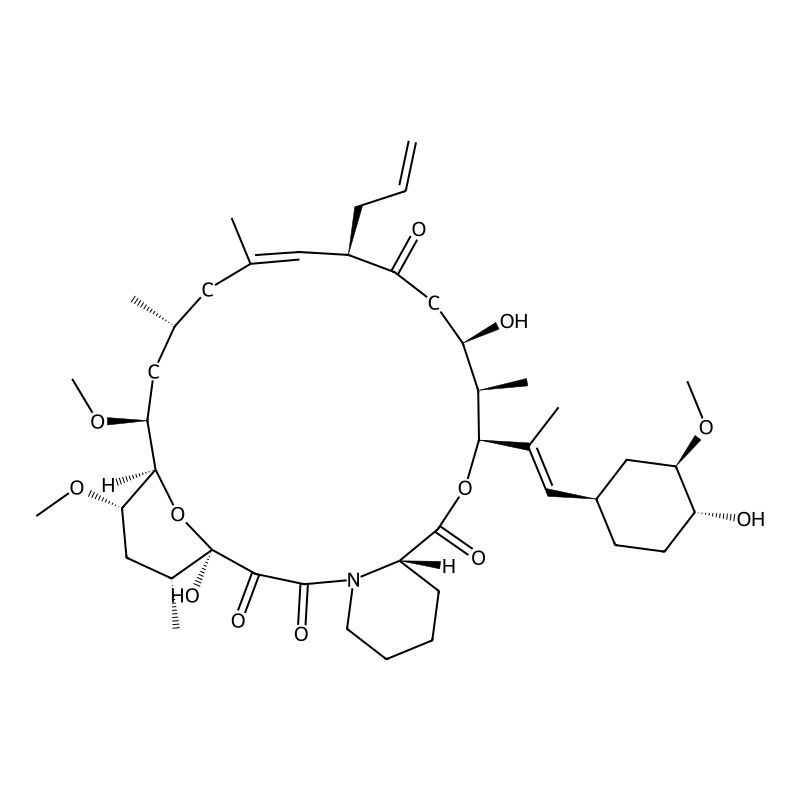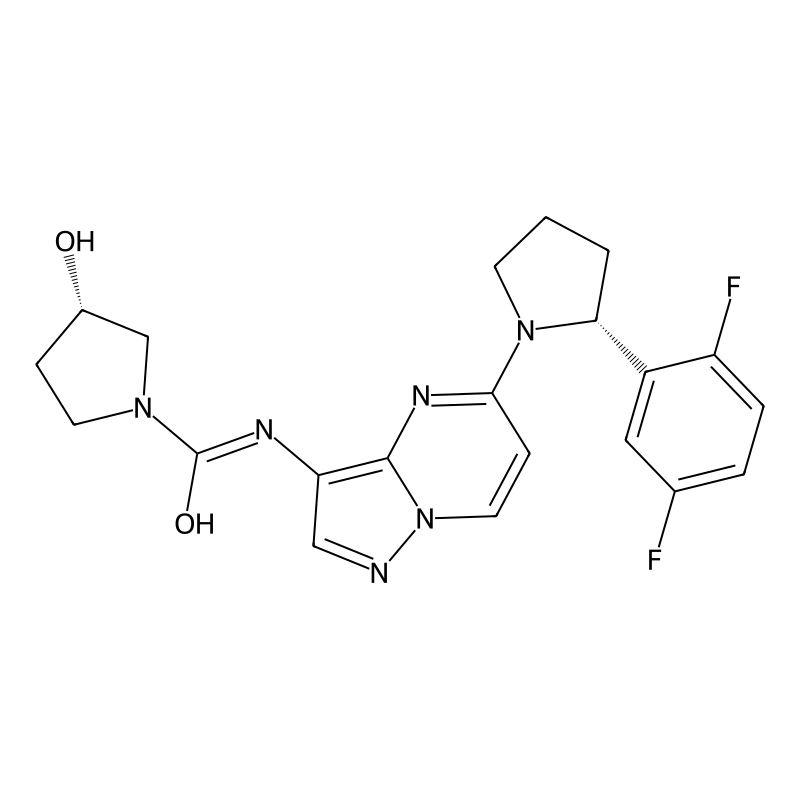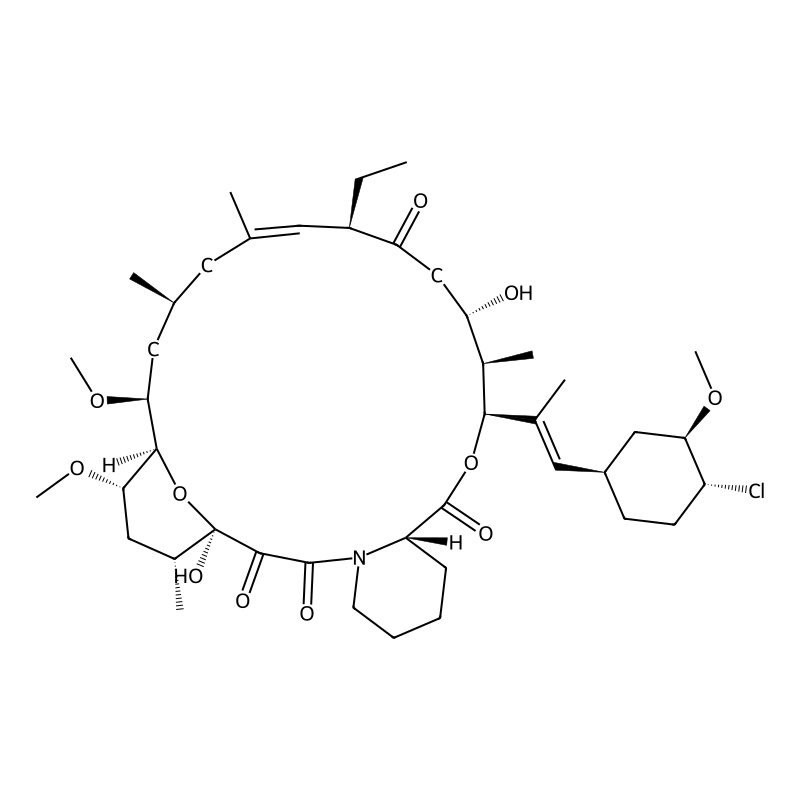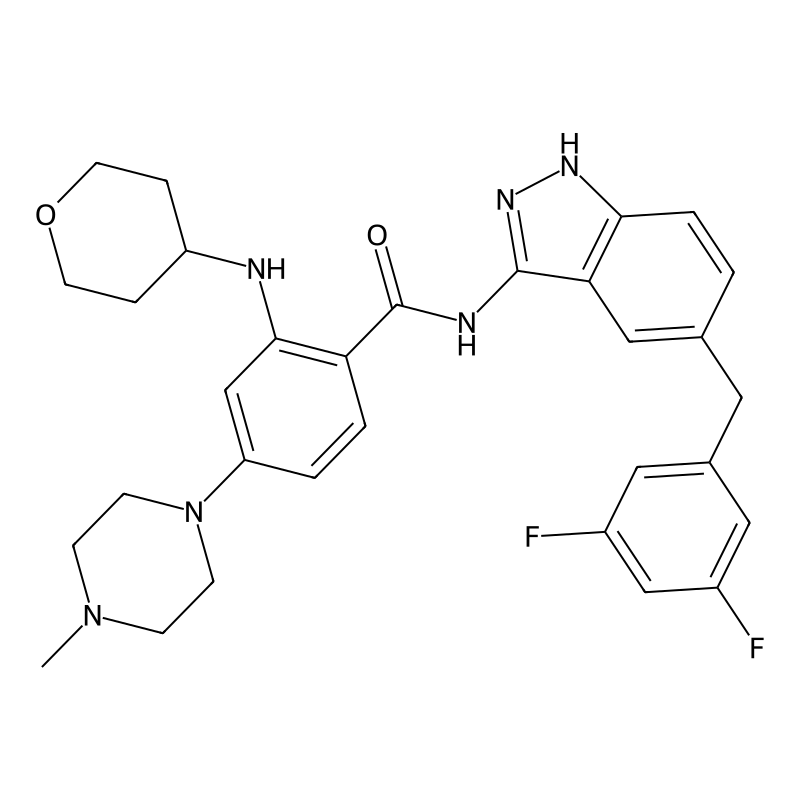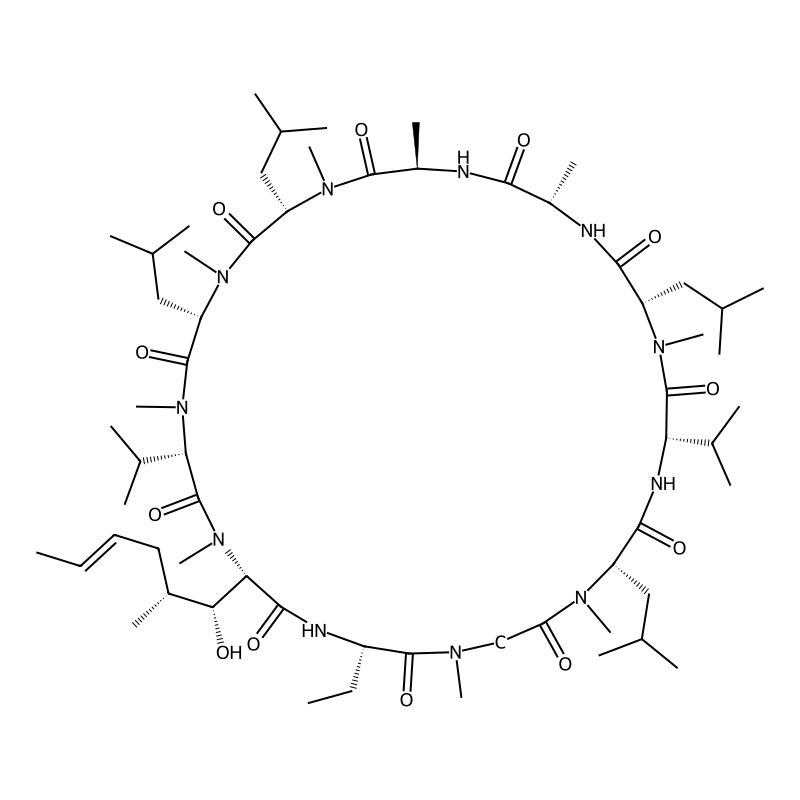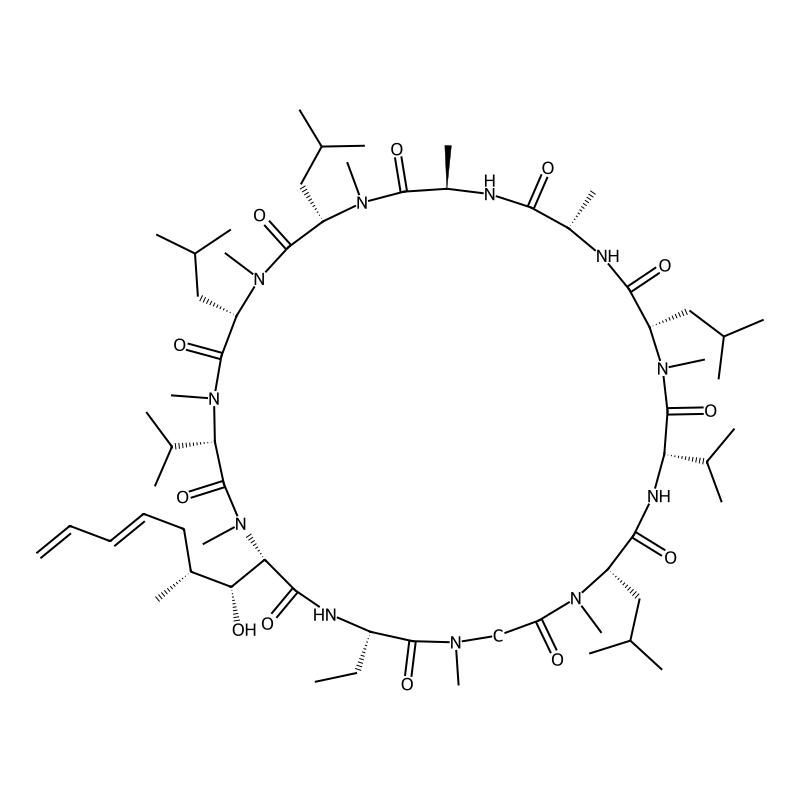MAPK Signaling Pathway
CAS No.:104987-11-3
Molecular Formula:C44H69NO12
Molecular Weight:804.0 g/mol
Availability:
In Stock
CAS No.:1223403-58-4
Molecular Formula:C21H22F2N6O2
Molecular Weight:428.4 g/mol
Availability:
In Stock
CAS No.:137071-32-0
Molecular Formula:C43H68ClNO11
Molecular Weight:810.4 g/mol
Availability:
In Stock
CAS No.:1108743-60-7
Molecular Formula:C31H34F2N6O2
Molecular Weight:560.6 g/mol
Availability:
In Stock
CAS No.:59865-13-3
Molecular Formula:C62H111N11O12
Molecular Weight:1202.6 g/mol
Availability:
In Stock
CAS No.:515814-00-3
Molecular Formula:C63H111N11O12
Molecular Weight:1214.6 g/mol
Availability:
In Stock
